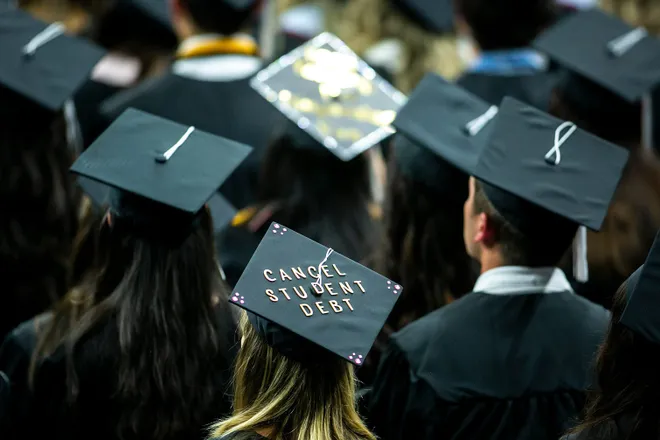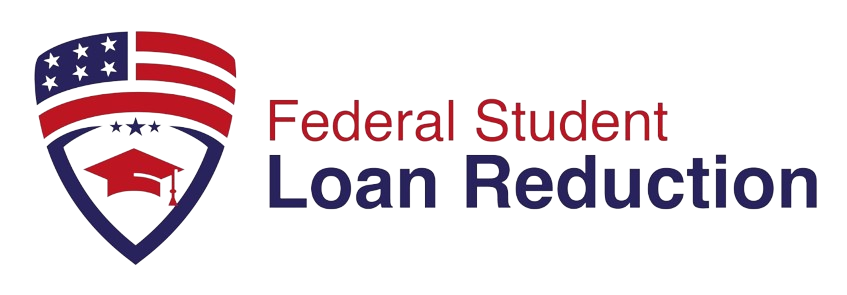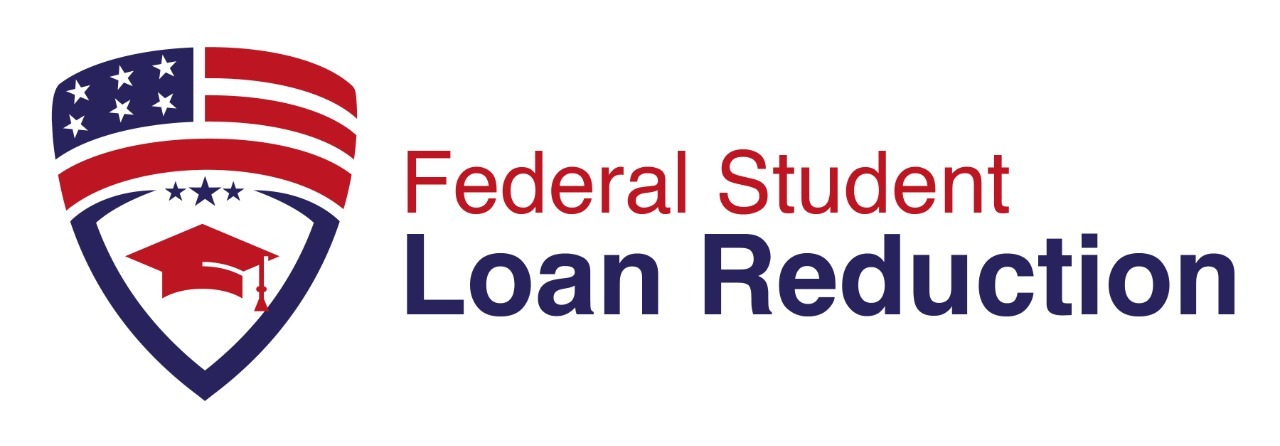Blog

Biden's Latest Student Debt Relief Plan: What You Need to Know
In a significant move towards alleviating the financial burden on millions of Americans, President Joe Biden has introduced a comprehensive student debt relief plan. This initiative comes as a response to the growing concern over the escalating student debt crisis that has left many borrowers struggling to make ends meet. Here, we explore the key aspects of Biden's plan and its potential impact on students and graduates across the country.
The Core Elements of the Plan
Biden's student debt relief plan is multifaceted, aiming to address various dimensions of the debt issue. The primary components include:
Debt Cancellation: A significant portion of the plan focuses on canceling student debt for eligible borrowers. This measure aims to provide immediate relief to those who are most in need, particularly low-income individuals and families. Under this proposal, borrowers could see a reduction of up to $10,000 in their federal student loan debt.
Income-Driven Repayment Plans: The plan proposes reforms to the existing income-driven repayment (IDR) plans. These reforms include reducing the percentage of discretionary income that borrowers are required to pay towards their loans and forgiving the remaining balance after a set number of years. This approach aims to make loan repayment more manageable and less financially burdensome.
Public Service Loan Forgiveness (PSLF): Enhancements to the PSLF program are also a crucial part of Biden's plan. The proposed changes aim to simplify the process and expand eligibility, ensuring that more public service workers can benefit from loan forgiveness after 10 years of qualifying payments.
Community College Tuition: Another significant aspect of the plan is the provision of free community college tuition. This measure is designed to make higher education more accessible and affordable, reducing the need for student loans in the first place.
The Broader Impact
The introduction of this student debt relief plan is expected to have far-reaching effects on both individual borrowers and the broader economy. Here are some potential impacts:
Financial Relief: For millions of borrowers, this plan offers a much-needed respite from the financial strain of student loans. The cancellation of a portion of their debt could free up income for other essential expenses, such as housing, healthcare, and savings.
Economic Stimulus: By alleviating the burden of student debt, borrowers may have more disposable income to spend on goods and services, potentially stimulating economic growth. Increased consumer spending can have a positive ripple effect across various sectors of the economy.
Education Access: The provision of free community college tuition could lead to higher enrollment rates, particularly among low-income students. This increased access to education could, in turn, result in a more skilled and educated workforce, benefiting the economy in the long run.
Challenges and Criticisms
Despite its potential benefits, Biden's student debt relief plan is not without its challenges and criticisms. Some of the key concerns include:
Cost: Critics argue that the cost of implementing such a comprehensive debt relief plan could be substantial, potentially adding to the national debt. The funding mechanisms for these initiatives will need careful consideration and planning.
Equity: There is an ongoing debate about the fairness of debt cancellation. Some believe that it may disproportionately benefit individuals who have already completed their education, while others argue that it does not do enough to address the root causes of the student debt crisis.
Long-Term Solutions: While debt relief provides immediate assistance, it is essential to address the systemic issues within the higher education system that contribute to rising tuition costs and student debt. Long-term solutions will require a comprehensive approach to reforming higher education financing.
Conclusion
President Biden's student debt relief plan marks a significant step towards addressing the student debt crisis in the United States. By providing debt cancellation, reforming repayment plans, enhancing loan forgiveness programs, and making community college tuition-free, the plan aims to offer relief to millions of borrowers and stimulate the economy. However, its implementation will require careful consideration of costs, equity, and long-term solutions to ensure sustainable and effective outcomes.
As the plan moves forward, it will be crucial for policymakers, educational institutions, and stakeholders to work collaboratively to refine and implement these proposals. The ultimate goal is to create a more equitable and accessible higher education system that empowers individuals and strengthens the nation's economic future.
Blog

Biden's Latest Student Debt Relief Plan: What You Need to Know
In a significant move towards alleviating the financial burden on millions of Americans, President Joe Biden has introduced a comprehensive student debt relief plan. This initiative comes as a response to the growing concern over the escalating student debt crisis that has left many borrowers struggling to make ends meet. Here, we explore the key aspects of Biden's plan and its potential impact on students and graduates across the country.
The Core Elements of the Plan
Biden's student debt relief plan is multifaceted, aiming to address various dimensions of the debt issue. The primary components include:
Debt Cancellation: A significant portion of the plan focuses on canceling student debt for eligible borrowers. This measure aims to provide immediate relief to those who are most in need, particularly low-income individuals and families. Under this proposal, borrowers could see a reduction of up to $10,000 in their federal student loan debt.
Income-Driven Repayment Plans: The plan proposes reforms to the existing income-driven repayment (IDR) plans. These reforms include reducing the percentage of discretionary income that borrowers are required to pay towards their loans and forgiving the remaining balance after a set number of years. This approach aims to make loan repayment more manageable and less financially burdensome.
Public Service Loan Forgiveness (PSLF): Enhancements to the PSLF program are also a crucial part of Biden's plan. The proposed changes aim to simplify the process and expand eligibility, ensuring that more public service workers can benefit from loan forgiveness after 10 years of qualifying payments.
Community College Tuition: Another significant aspect of the plan is the provision of free community college tuition. This measure is designed to make higher education more accessible and affordable, reducing the need for student loans in the first place.
The Broader Impact
The introduction of this student debt relief plan is expected to have far-reaching effects on both individual borrowers and the broader economy. Here are some potential impacts:
Financial Relief: For millions of borrowers, this plan offers a much-needed respite from the financial strain of student loans. The cancellation of a portion of their debt could free up income for other essential expenses, such as housing, healthcare, and savings.
Economic Stimulus: By alleviating the burden of student debt, borrowers may have more disposable income to spend on goods and services, potentially stimulating economic growth. Increased consumer spending can have a positive ripple effect across various sectors of the economy.
Education Access: The provision of free community college tuition could lead to higher enrollment rates, particularly among low-income students. This increased access to education could, in turn, result in a more skilled and educated workforce, benefiting the economy in the long run.
Challenges and Criticisms
Despite its potential benefits, Biden's student debt relief plan is not without its challenges and criticisms. Some of the key concerns include:
Cost: Critics argue that the cost of implementing such a comprehensive debt relief plan could be substantial, potentially adding to the national debt. The funding mechanisms for these initiatives will need careful consideration and planning.
Equity: There is an ongoing debate about the fairness of debt cancellation. Some believe that it may disproportionately benefit individuals who have already completed their education, while others argue that it does not do enough to address the root causes of the student debt crisis.
Long-Term Solutions: While debt relief provides immediate assistance, it is essential to address the systemic issues within the higher education system that contribute to rising tuition costs and student debt. Long-term solutions will require a comprehensive approach to reforming higher education financing.
Conclusion
President Biden's student debt relief plan marks a significant step towards addressing the student debt crisis in the United States. By providing debt cancellation, reforming repayment plans, enhancing loan forgiveness programs, and making community college tuition-free, the plan aims to offer relief to millions of borrowers and stimulate the economy. However, its implementation will require careful consideration of costs, equity, and long-term solutions to ensure sustainable and effective outcomes.
As the plan moves forward, it will be crucial for policymakers, educational institutions, and stakeholders to work collaboratively to refine and implement these proposals. The ultimate goal is to create a more equitable and accessible higher education system that empowers individuals and strengthens the nation's economic future.
Contact Us
Contact Us
Have Questions or Need Assistance? Our Team Is Ready to Support You
Disclaimer
Similar to how your accountant works for you on your taxes and not for the IRS or a collection agency, Federal Student Loan Reduction is in no way affiliated with the Department of Education or your Student Loan Servicer, and is not a collection agency.
Federal Student Loan Reduction is in no way sponsored, endorsed, administered by, or associated with Facebook. This offer is fully compliant with Facebook Advertising policies which state, "ads promoting student loan services must be targeted to people 18 years or older. Ads must not promote misleading or deceptive services related to student loan consolidation, forgiveness, or refinancing."
© Copyright 2024 • Federal Student Loan Reduction


